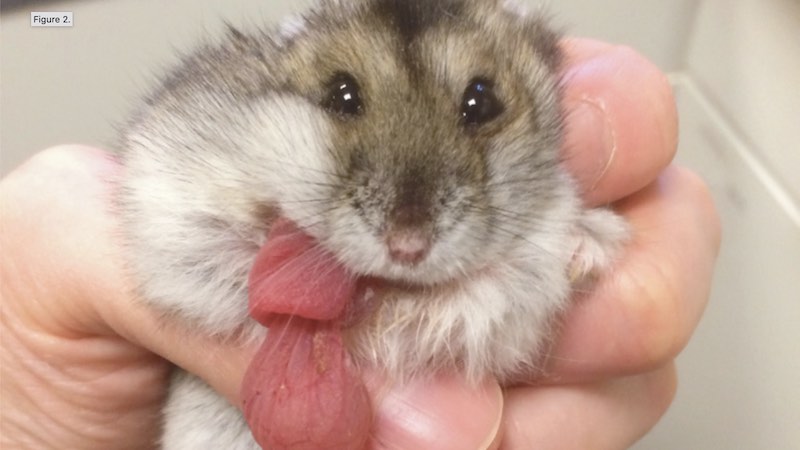Approaches to common conditions of the gastrointestinal tract in pet hamsters
Hamsters are popular pets in the UK. The Syrian or Golden hamster (Mesocricetus auratus) is the best known species in the pet trade, with a variety of dwarf species also encountered. Gastrointestinal disease occurs frequently, and diarrhoea is a common presenting complaint. This is most often associated with bacterial or parasitic infection, but can also be related to neoplasia or the use of certain antibiotics. Initial stabilisation of the hamster with diarrhoea should include provision of a warm stress-free environment, fluid therapy, nutritional support with an appropriate critical care diet and analgesia. Following a full history and clinical examination, further diagnostic steps include faecal parasitology and microbiology, routine biochemistry and haematology, radiography with or without positive contrast, and abdominal ultrasound. Indications for surgery include evidence of intestinal obstruction or prolapsed intussusception. This article gives an overview of the most common gastrointestinal diseases encountered in hamster species and provides a guide of how to logically approach the investigation and treatment of these cases, achievable in general practice.
Vicki Baldrey -
